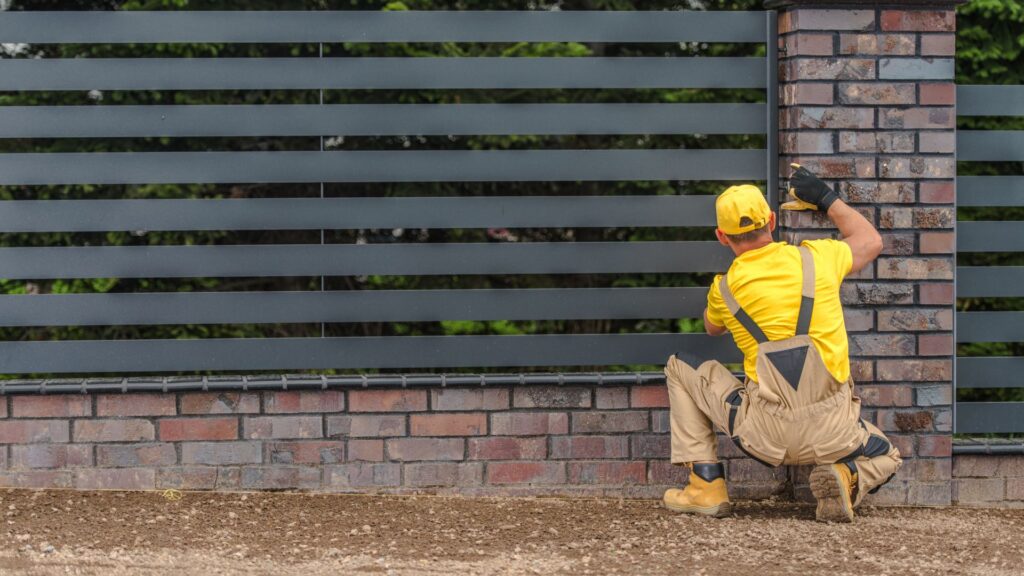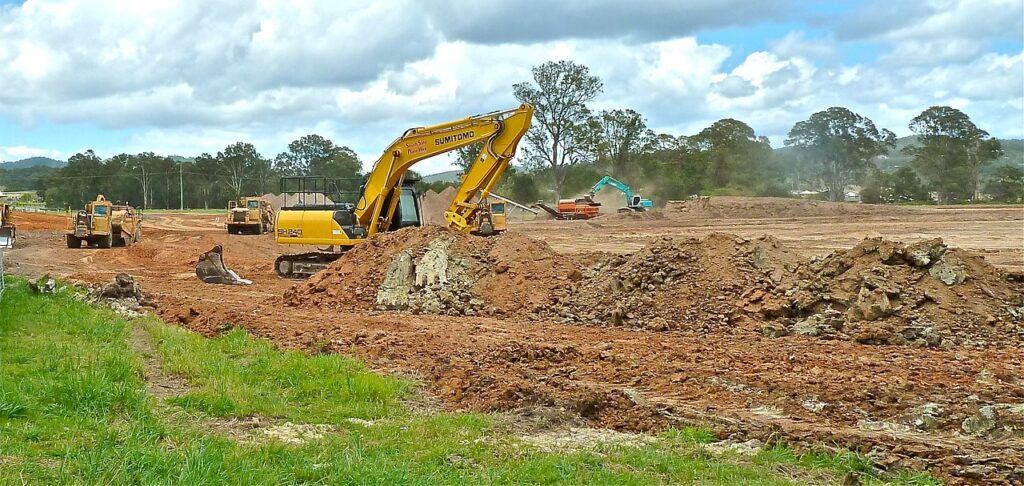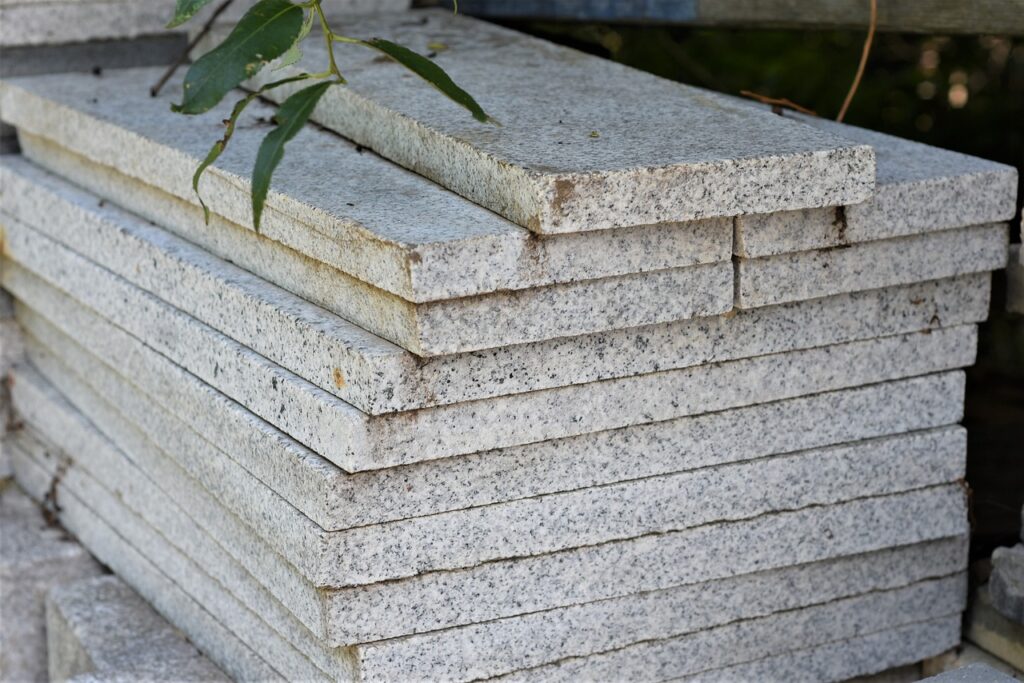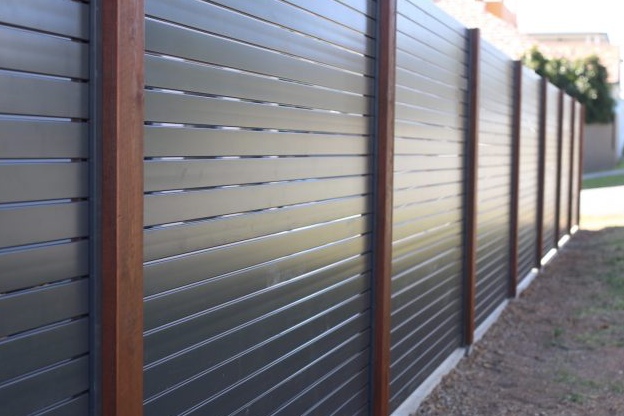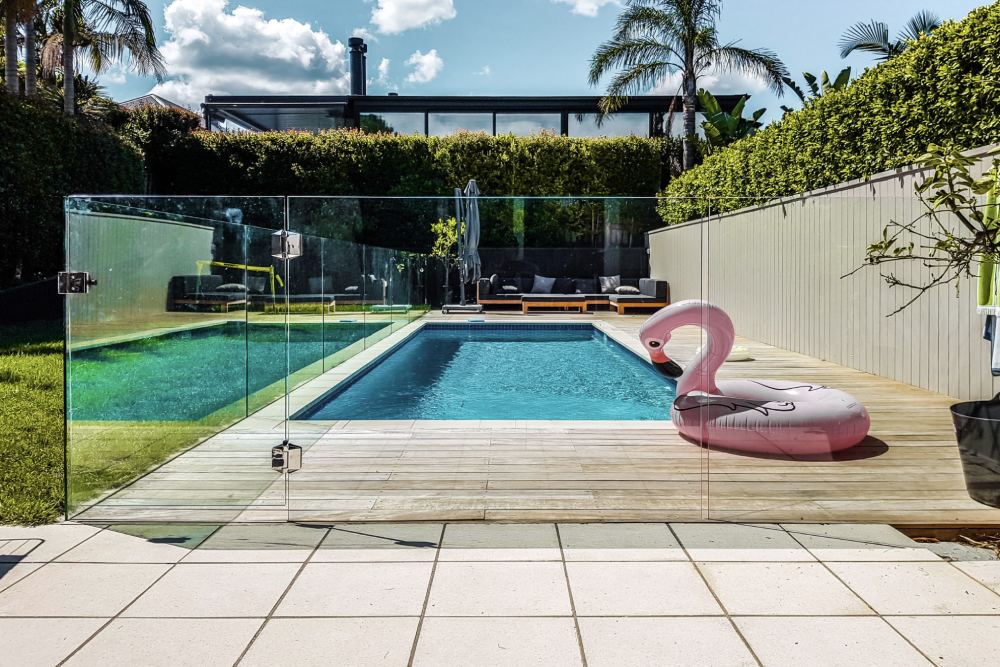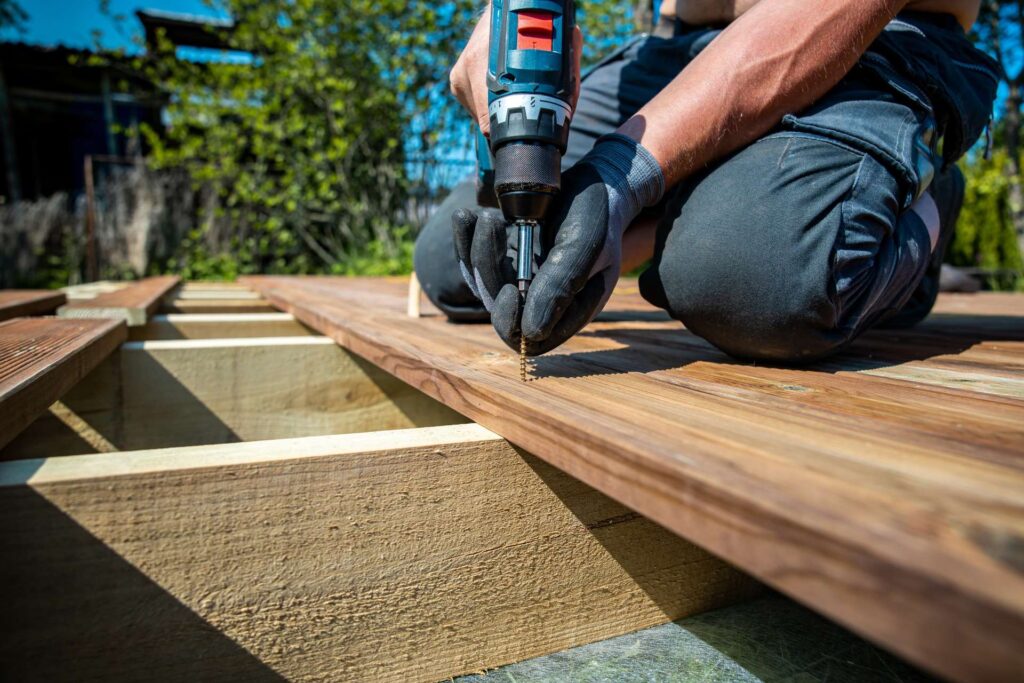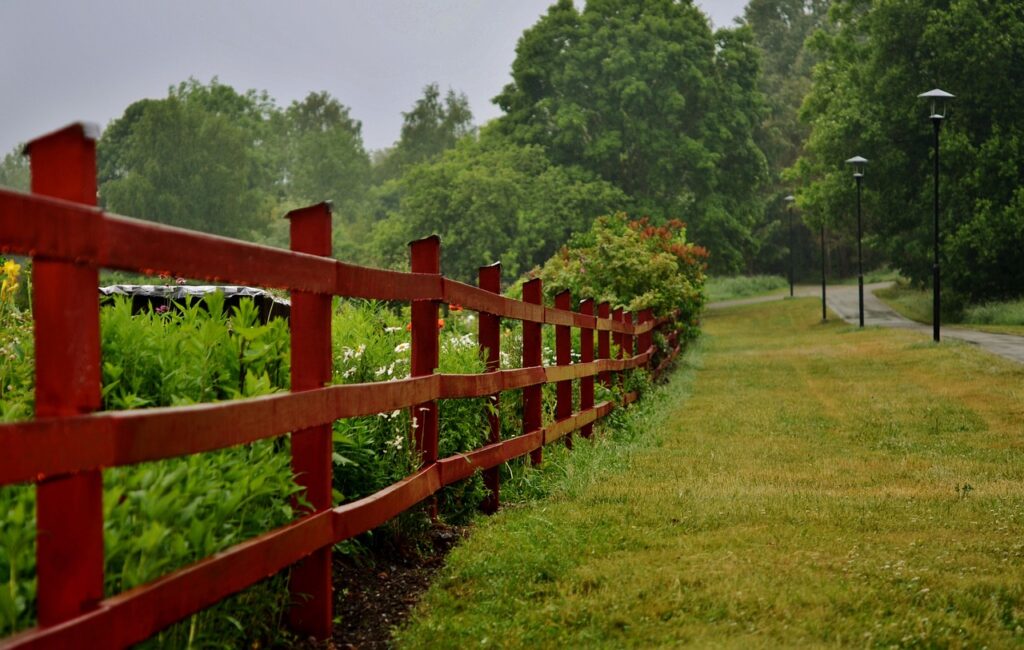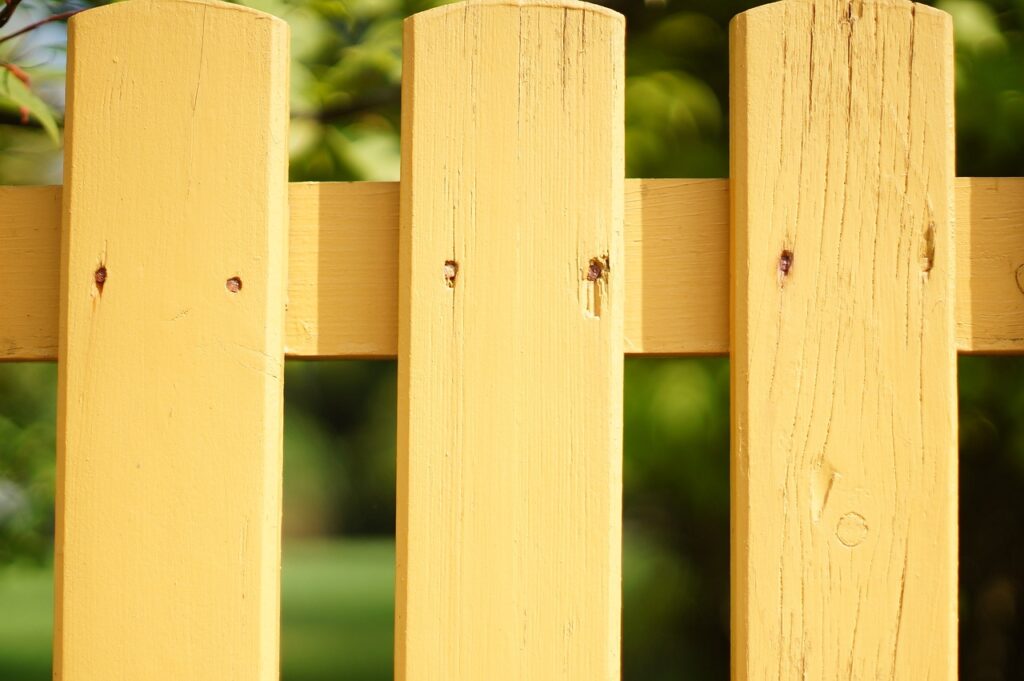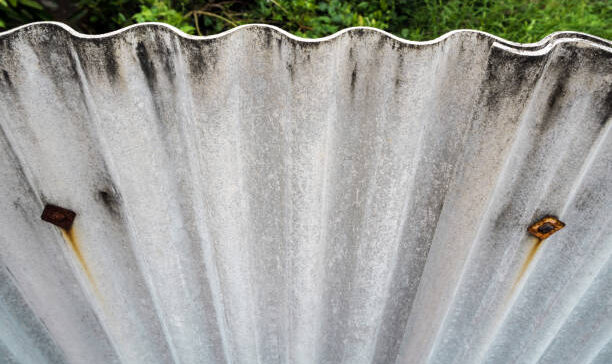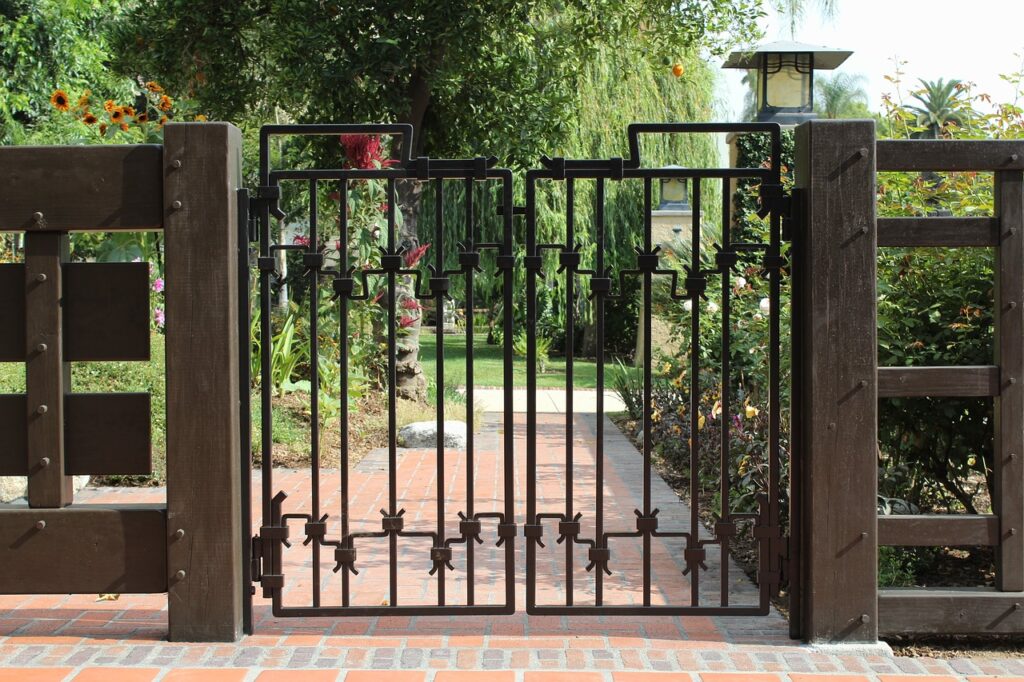Fence Cost Calculator NZ
Total Estimated Cost: NZD $0.00
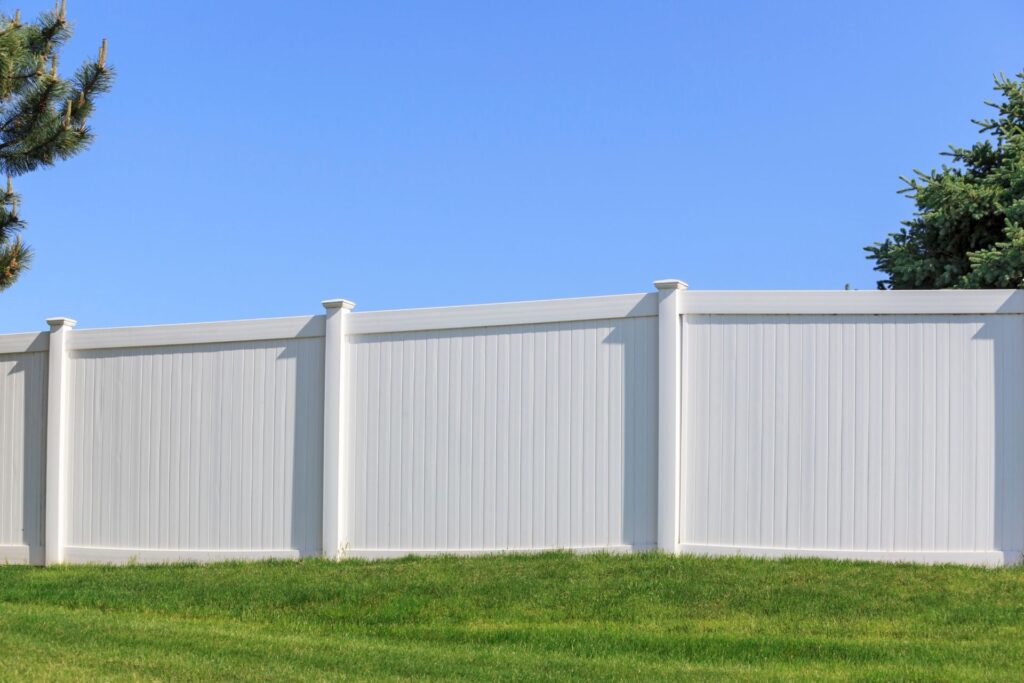
Welcome to your ultimate guide to understanding fence costs in New Zealand! Whether you’re planning to enhance your property’s privacy, boost its curb appeal, or simply secure your space, budgeting for a new fence is a crucial first step. But with so many factors influencing the final price—from the type of material to the size and design—it can be challenging to estimate the cost accurately. That’s where a fence cost calculator comes in handy, offering you a quick and reliable way to get an estimate before making any big decisions. In this guide, we’ll walk you through everything you need to know about using a fence cost calculator, the factors that affect fencing costs in NZ, and practical tips to help you save money without compromising on quality. Whether you’re a first-time homeowner or looking to upgrade your existing fence, this guide will equip you with the knowledge you need to plan your project with confidence.
On average, using a fence cost calculator in NZ can help homeowners estimate that the cost of installing a new fence ranges between $150 to $300 per meter, depending on materials, labor, and design complexity. This tool provides a quick and reliable way to budget for your fencing project, ensuring you’re prepared for the associated expenses.
- Fence Cost Calculator NZ
- Understanding Cost Variability
- Benefits of Using a Calculator
- Real-Life Scenario
- Step-by-Step Guide to Using a Fence Cost Calculator
- What Information You’ll Need for an Accurate Estimate
- Tips for Accurate Input and Cost Estimation
- Material Costs
- Labor Costs
- Geographical Considerations
- Regulations and Permits
- Material Alternatives
- Smart Design Choices
- Seasonal Considerations
- Bundling Services
- Review of Top Calculators
- How to Choose the Right Calculator
- User Feedback and Testimonials
- Consulting with Professionals
- Thinking Long-Term
- Finalizing Your Budget
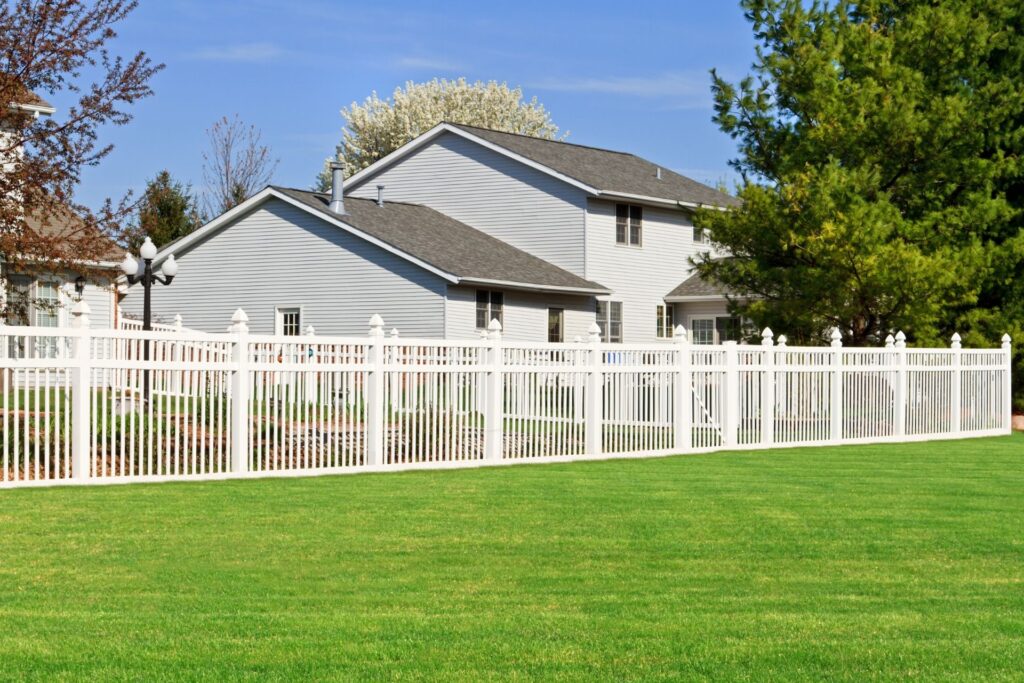
Why You Need A Fence Cost Calculator
When you’re planning to install a fence, understanding the potential costs is crucial. A fence cost calculator is an invaluable tool that can help you navigate the often complex process of estimating expenses. Here’s why using one is essential.
Understanding Cost Variability
The cost of building a fence can vary widely, depending on several factors. First, the choice of materials is a major determinant. For example, opting for a wooden fence will typically be less expensive than choosing wrought iron or vinyl, but the long-term maintenance costs might differ. Labor is another significant factor; the rates can fluctuate based on your location, the complexity of the installation, and even the time of year. Moreover, the design of your fence—whether it’s a simple boundary fence or a more elaborate privacy fence—will also influence the final cost. A fence cost calculator takes all these variables into account, giving you a more accurate estimate.
Benefits of Using a Calculator
1. Saves Time with Quick Estimates: A fence cost calculator eliminates the need for manually sifting through price lists and calculating totals. Within minutes, you can have an estimate that would otherwise take hours to compile. This efficiency is especially beneficial if you’re comparing multiple options or need a ballpark figure to decide whether to proceed with your project.
2. Helps in Budget Planning: One of the biggest challenges in home improvement projects is sticking to a budget. A fence cost calculator gives you a clear picture of the potential costs, helping you plan your budget more effectively. You can adjust different variables—like materials, size, and design—to see how they impact the overall cost, allowing you to make informed decisions that keep you within your budget.
3. Allows for Easy Comparison of Materials and Designs: Without a calculator, comparing the costs of different materials and fence designs can be overwhelming. With just a few clicks, you can see how the price changes when you switch from wood to metal, or from a picket fence to a privacy fence. This feature is particularly useful if you’re undecided on what type of fence to install and want to explore your options before making a final decision.
Real-Life Scenario
Let’s consider a homeowner in New Zealand, John, who needed to install a fence around his property in Auckland. John was torn between a traditional wooden fence and a more modern aluminum option. Not wanting to overspend, he used a fence cost calculator to get estimates for both options. The calculator quickly showed that while the aluminum fence had a higher initial cost, it would save him money in the long run due to its lower maintenance needs. Armed with this information, John was able to make an informed decision that balanced his immediate budget with long-term savings, ultimately choosing the aluminum fence.
In conclusion, a fence cost calculator is more than just a tool—it’s a strategic ally in planning your fencing project. By helping you understand cost variability, saving you time, assisting in budget planning, and allowing for easy comparisons, it ensures you make the best possible decisions for your home and budget.

How To Use A Fence Cost Calculator
When planning to install a fence, understanding the costs involved is crucial. A fence cost calculator can be a handy tool to estimate expenses and help you make informed decisions. This guide will walk you through the process of using a fence cost calculator effectively, ensuring that you get accurate and useful results.
Step-by-Step Guide to Using a Fence Cost Calculator
Using a fence cost calculator is straightforward, but following these steps will help you get the most accurate estimate possible:
1. Gather Necessary Information
- Before you begin, collect all the essential details about your fencing project. This includes measurements, material preferences, and any additional features you might want.
2. Input Details Into the Calculator
- Enter the information you’ve gathered into the fence cost calculator. Most calculators will have fields for dimensions, material choices, and other variables.
3. Review the Estimate and Explore Different Options
- Once you’ve input all the details, review the estimate provided by the calculator. You can often tweak different aspects—such as changing the material or adjusting the dimensions—to see how these changes impact the overall cost.
What Information You’ll Need for an Accurate Estimate
To get a precise estimate from a fence cost calculator, you need to provide specific details about your project. Here’s what you’ll need:
Fence Length and Height
- Measure the perimeter where you plan to install the fence. Knowing both the length and the height is essential for calculating the amount of material required.
Preferred Material
- Decide on the type of material you want for your fence. Common options include wood, metal, and vinyl, each with its own cost implications.
Terrain Type and Site Conditions
- Consider the type of ground where the fence will be installed. Is it flat, sloped, or rocky? These conditions can affect both the installation process and the cost.
Additional Features
- Think about any extra features you might want, such as gates, decorative elements, or additional security features. These can add to the overall cost but may also increase the functionality and aesthetic appeal of your fence.
Tips for Accurate Input and Cost Estimation
To ensure that the estimate you receive is as accurate as possible, keep these tips in mind:
Measure Your Space Carefully
- Double-check your measurements to avoid costly mistakes. Accurate dimensions are critical for ensuring that the calculator provides a realistic estimate.
Consider Future Needs
- Think about any potential changes to your property that might affect your fence. For example, if you plan to expand your yard or install additional features later, it might be worth considering these factors now.
Be Realistic About Your Material Choices
- While it’s tempting to go for the most luxurious materials, be realistic about your budget. Consider the long-term maintenance costs as well as the upfront expenses.
By following these steps and tips, you can use a fence cost calculator to get a reliable estimate for your fencing project. This will not only help you budget more effectively but also ensure that you make informed decisions throughout the process. Whether you’re building a simple boundary fence or a more elaborate structure, knowing the costs upfront is key to a successful project.
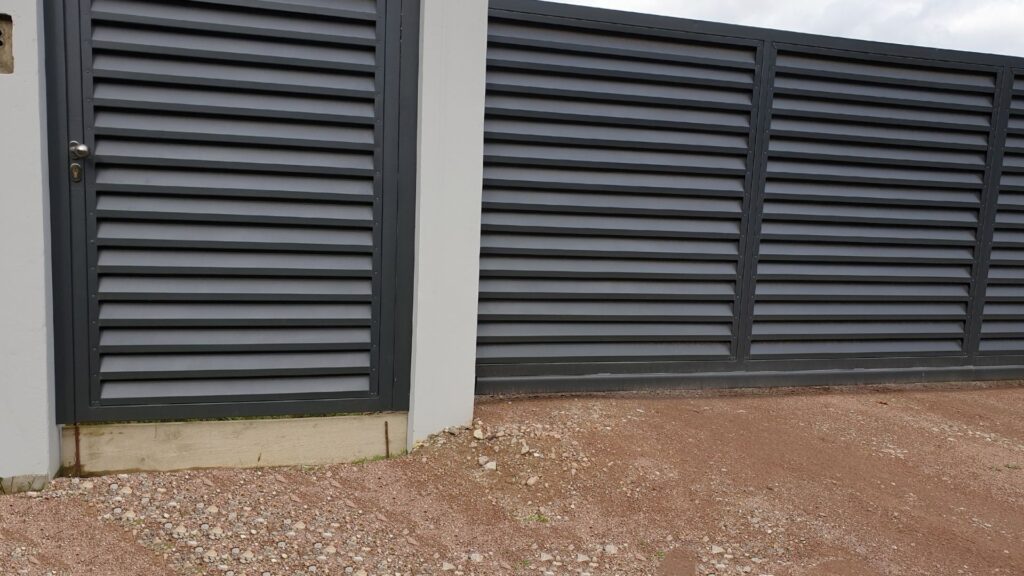
Factors Affecting Fence Costs In NZ
When planning to install a fence in New Zealand, it’s essential to understand the various factors that can influence the overall cost. From the type of materials used to labor expenses and even geographical location, several elements play a significant role in determining the final price. Let’s delve into these factors to give you a clear picture of what to expect when budgeting for your fence project in NZ.
Material Costs
Wood
Wooden fences are a popular choice in New Zealand due to their natural aesthetic appeal and versatility. They can blend seamlessly with the surrounding environment, making them a favorite for residential properties. The cost of wood fencing varies depending on the type of wood used. For instance, pine, a common choice, is relatively affordable, with prices typically ranging from $70 to $120 per meter. On the higher end, hardwood options like cedar can be more expensive, ranging from $150 to $250 per meter. However, while wood is aesthetically pleasing, it’s important to consider ongoing maintenance costs, as wooden fences may require regular treatment to prevent rot and weather damage.
Metal
Metal fences, particularly those made from aluminum and steel, offer durability and security, making them a practical option for many homeowners. Aluminum is lightweight and resistant to rust, which makes it a low-maintenance choice. The cost for aluminum fencing generally ranges from $120 to $200 per meter. On the other hand, steel fences are incredibly robust and can withstand harsh weather conditions, with prices typically ranging from $150 to $300 per meter, depending on the style and finish. While the initial investment in metal fencing might be higher than in wood, the long-term benefits, including minimal maintenance and longevity, often justify the cost.
Vinyl and Composite
Vinyl and composite fences are gaining popularity in New Zealand due to their modern look and low maintenance requirements. These materials are highly resistant to the elements, meaning they won’t rot, warp, or require painting. Vinyl fences typically cost between $150 and $250 per meter, while composite fences, which are made from a mixture of wood fibers and plastic, can range from $200 to $350 per meter. Although these options are on the pricier side, they offer excellent durability and can be a worthwhile investment for those seeking a hassle-free fencing solution.
Labor Costs
Labor costs in New Zealand can significantly affect the total cost of your fencing project. On average, hiring a professional to install a fence can cost between $40 and $90 per hour, depending on the complexity of the job and the region. In urban areas, where labor demand is higher, you might find costs on the upper end of this range. Conversely, in rural areas, prices might be slightly lower, but availability could be limited, which can impact the project timeline.
For those looking to save on labor costs, DIY installation is an option worth considering. However, it comes with its own set of challenges. Installing a fence requires a good understanding of the materials, precise measurements, and the ability to navigate potential obstacles, such as uneven terrain. While DIY can save money upfront, it’s crucial to weigh the time and effort involved against the potential cost savings.
Geographical Considerations
Your location in New Zealand can also play a significant role in the overall cost of your fence. For instance, urban areas typically have higher labor costs due to the greater demand for services. Additionally, the delivery of materials might be more straightforward and less expensive in cities compared to rural locations.
In contrast, if you’re in a rural area, while labor might be cheaper, you could face higher costs for material delivery, especially if you’re far from major suppliers. The terrain can also impact the installation cost—hilly or uneven landscapes might require additional preparation work, increasing labor time and expenses.
Regulations and Permits
Before starting your fencing project, it’s important to be aware of local regulations and the potential need for permits. In New Zealand, fencing regulations can vary by council, so it’s crucial to check with your local authority to ensure compliance. Certain types of fences, especially those over a certain height or near property boundaries, may require a permit, which can add to your costs. Permit fees typically range from $100 to $500, depending on the project size and location.
For more detailed information on local regulations and to determine if you need a permit, you can visit your local council’s website. This step can save you from potential fines or the need to alter your fence after installation, which could incur additional costs.
Understanding the factors that affect fence costs in New Zealand is key to planning a successful project. By considering material options, labor costs, geographical influences, and regulatory requirements, you can make informed decisions that align with your budget and needs. Whether you choose a classic wooden fence, a durable metal option, or a modern vinyl or composite design, being aware of these variables will help you achieve the best results for your investment.
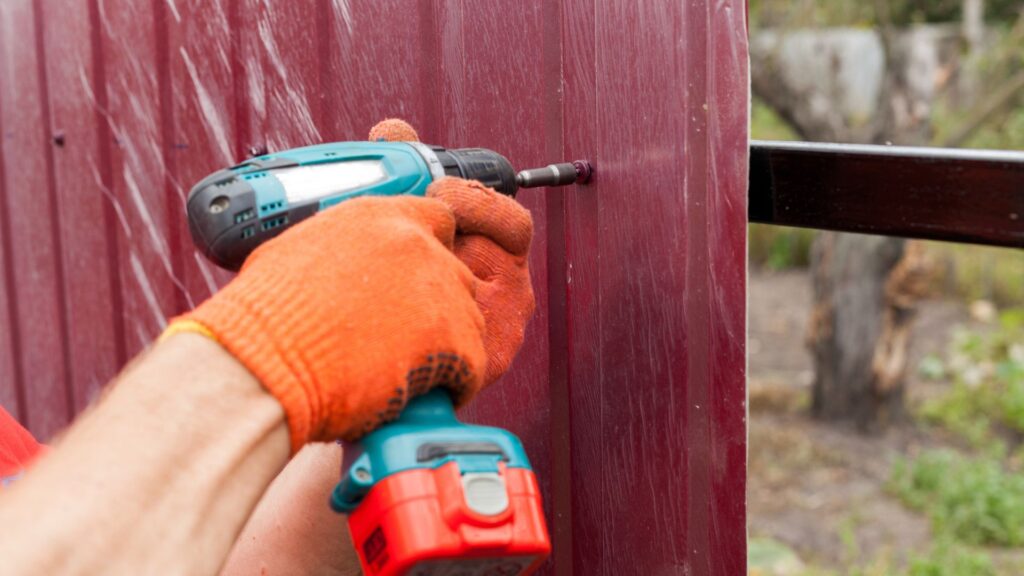
Tips For Reducing Fence Costs Without Sacrificing Quality
When planning to install a fence, it’s essential to consider cost-saving measures that don’t compromise the quality of the finished product. Here are some expert tips to help you achieve a durable, attractive fence while staying within budget:
Material Alternatives
Choosing the right materials for your fence can significantly impact the overall cost. While hardwood may be the premium choice for many, there are more budget-friendly options that offer similar durability and aesthetic appeal. For example, treated pine is an excellent alternative to hardwood. It is not only cost-effective but also resistant to rot and insects, ensuring longevity. Additionally, vinyl or composite materials can mimic the look of wood while providing enhanced durability with minimal maintenance. By exploring these alternatives, you can reduce costs without sacrificing the quality and appearance of your fence.
Smart Design Choices
The design of your fence plays a crucial role in determining the amount of material required and, consequently, the overall cost. Opting for designs that require less material can be a smart way to cut expenses. For instance, spaced picket fences or horizontal slat designs use less wood while still providing the desired level of privacy and security. These designs not only save on materials but also create a modern and stylish look for your property. Additionally, considering the height and length of the fence in relation to your specific needs can help minimize unnecessary costs. By choosing a design that optimizes material usage, you can achieve a high-quality fence at a lower price.
Seasonal Considerations
The time of year you choose to install your fence can have a surprising impact on the cost. During peak seasons, such as spring and summer, demand for fencing services is higher, often leading to increased prices. However, scheduling your fence installation during the off-season, like late fall or winter, can result in significant savings. Contractors are often less busy during these times and may offer discounts or more competitive rates to secure work. Additionally, off-season installations can sometimes be completed more quickly, as contractors have more availability. Planning your project during these periods can help you achieve the same high-quality results at a reduced cost.
Bundling Services
If you have multiple home improvement projects on your to-do list, consider bundling them together to negotiate better deals. Combining your fencing project with other landscaping or renovation tasks can provide leverage when discussing pricing with contractors. Many service providers offer discounts for larger jobs or package deals, which can lead to overall cost savings. For example, if you’re planning to landscape your garden or add a deck, discuss these projects with your fencing contractor to explore potential discounts or bundled pricing. By aligning multiple projects, you can take advantage of reduced costs without compromising on the quality of each individual task.
By applying these tips, you can significantly reduce the cost of your fence installation without sacrificing the quality or durability of the final product. Careful planning, material selection, and strategic timing are key factors that will allow you to achieve the best value for your investment.
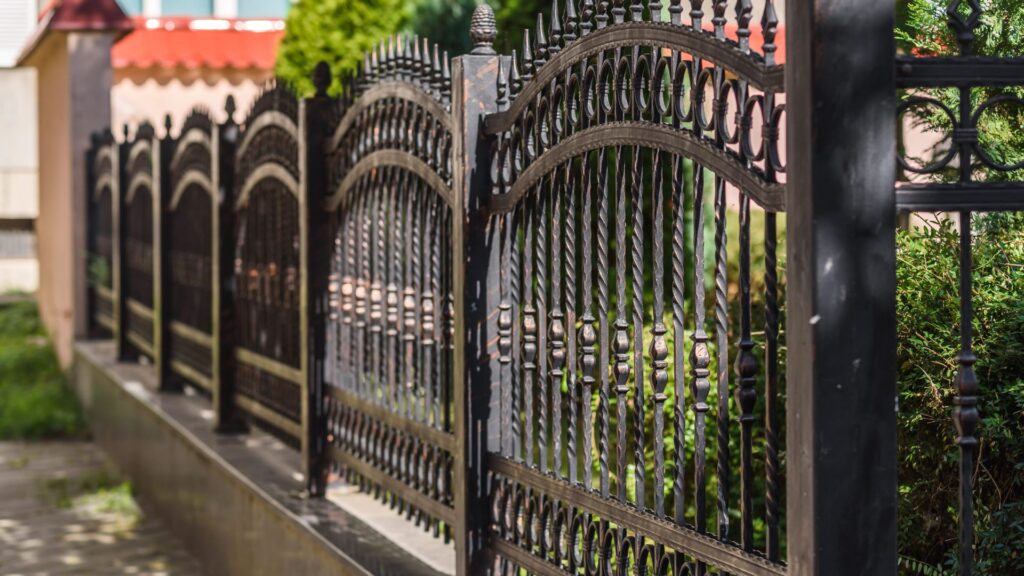
Comparing Popular Fence Cost Calculators In NZ
When planning a new fence in New Zealand, budgeting is a critical step that can make or break your project. Fortunately, several online fence cost calculators can help you estimate expenses with ease. In this section, we’ll review some of the most popular fence cost calculators available to NZ residents, evaluate their features, and provide guidance on how to choose the right one for your needs. We’ll also share insights from real users to give you a well-rounded view of what to expect.
Review of Top Calculators
There are a few standout fence cost calculators that Kiwi homeowners frequently use. Let’s take a closer look at them:
Fence It Cost Calculator
- Pros: This calculator is incredibly user-friendly, making it perfect for those who aren’t tech-savvy. It allows you to input basic information such as fence type, length, and height, and it quickly provides an estimate. The simplicity of this tool is one of its biggest advantages, as it requires minimal data entry.
- Cons: However, its simplicity can also be a limitation. The estimates provided are rough and may not account for specific factors like terrain or local pricing variations, which could lead to an inaccurate budget.
Builder’s Mate Fence Cost Calculator
- Pros: Builder’s Mate offers a more detailed calculator that factors in various elements like materials, labor, and even permits. This makes it a better option for those who want a comprehensive estimate. It also includes options for different types of fences, from timber to steel, giving users flexibility in their planning.
- Cons: The detailed nature of this calculator means it can be overwhelming for first-time users. The interface is a bit cluttered, and it might take some time to get accustomed to all the features. Additionally, it requires more specific information, which might not be readily available during the initial planning stages.
Trade Tested Fence Cost Estimator
- Pros: Trade Tested’s calculator strikes a balance between ease of use and detail. It offers a straightforward interface while still providing detailed estimates based on material type and size. It’s particularly useful for those who are already familiar with the dimensions and materials they want.
- Cons: While it offers a good balance, it lacks some advanced features like labor cost estimation and doesn’t account for complex projects that might involve different materials or unique design elements.
How to Choose the Right Calculator
Selecting the best fence cost calculator depends on your specific needs and the stage of your planning process. Here are some tips to guide your decision:
- Ease of Use: If you’re new to fence installation or just need a quick estimate, go for a simpler calculator like Fence It. Its straightforward design allows you to get a quick ballpark figure without getting bogged down in details.
- Detail Required: For those who need a more precise estimate, particularly if you’re ready to move forward with your project, a detailed tool like Builder’s Mate might be more appropriate. This is especially true if your project involves multiple variables, such as varying terrain or custom materials.
- Project Complexity: If your project is neither too simple nor overly complex, Trade Tested’s estimator offers a balanced approach, providing enough detail without being overwhelming.
User Feedback and Testimonials
Understanding how these calculators perform in real-world scenarios can further inform your decision. Here’s what some users have said:
- Fence It Cost Calculator: “I loved how easy it was to use. I just wanted a quick estimate, and this tool gave me exactly what I needed without any fuss.” – Sarah T., Auckland
- Builder’s Mate Fence Cost Calculator: “The level of detail was exactly what I was looking for. It helped me plan out every aspect of my fencing project, though it did take a bit of time to get used to all the options.” – James R., Wellington
- Trade Tested Fence Cost Estimator: “This tool was perfect for my mid-sized project. It wasn’t too simple or too complicated, which made it easy to use while still giving me the details I needed.” – Emma L., Christchurch
In summary, the right fence cost calculator can save you time and money by providing an accurate estimate tailored to your specific needs. Whether you prefer a quick and easy tool or a more detailed estimator, there’s a calculator out there to suit every project. Consider your priorities—whether it’s ease of use, level of detail, or project complexity—when making your choice. Real user experiences highlight the strengths and potential drawbacks of each tool, helping you make an informed decision.
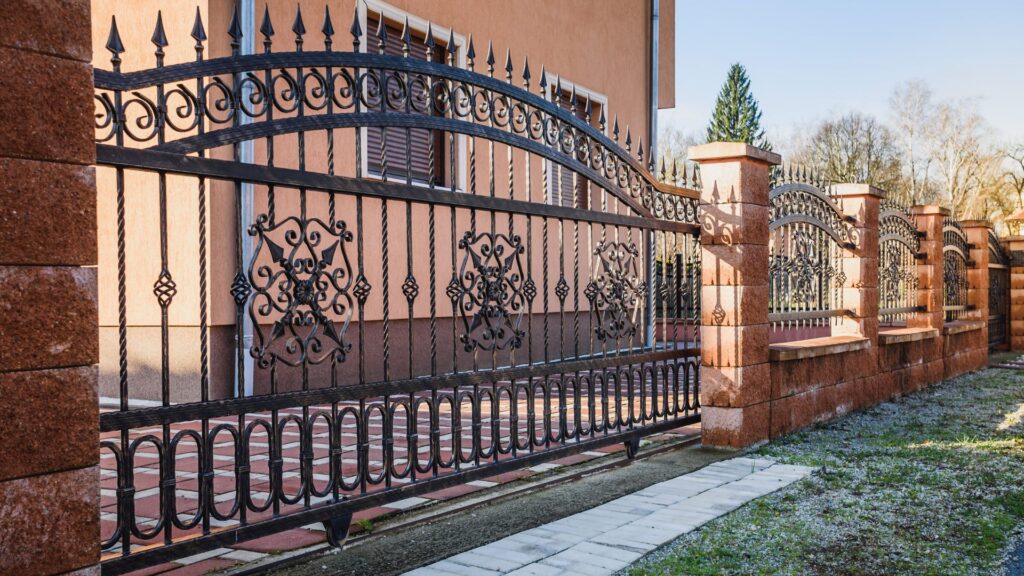
Beyond The Calculator: Final Considerations Before Building
When you’re planning a construction project, the numbers provided by a cost calculator are just the starting point. As you move closer to breaking ground, there are crucial considerations that extend beyond the initial estimates. Here, we’ll explore the final steps you should take to ensure your project is not only financially feasible but also designed for long-term success.
Consulting with Professionals
While a construction cost calculator gives you a helpful estimate, it’s essential to recognize its limitations. Before you finalize any decisions, seek out professional advice. A detailed quote from a seasoned contractor or builder can provide insights that a calculator simply cannot. These professionals have the experience to spot potential issues that could escalate costs, such as site-specific challenges or material shortages.
Professional consultation isn’t just about verifying numbers; it’s about foresight. An expert can help you anticipate and mitigate unforeseen expenses, ensuring that your budget is not only accurate but also resilient to unexpected changes. Engaging with professionals early in the process can save you time, money, and a great deal of stress as your project progresses.
Thinking Long-Term
When choosing materials for your project, it’s easy to focus on immediate costs. However, thinking long-term is critical to the success of your build. Consider the longevity and maintenance needs of each material you choose. While some options might be cheaper upfront, they could lead to higher maintenance costs down the road.
New Zealand’s unique weather conditions should also play a significant role in your material selection. The country’s diverse climate can affect different materials in various ways. For instance, coastal areas may require materials that are resistant to saltwater corrosion, while regions with heavy rainfall might benefit from materials that can withstand moisture without deteriorating.
By considering the long-term implications of your material choices, you can avoid costly repairs and replacements in the future. This forward-thinking approach not only protects your investment but also contributes to the sustainability and durability of your project.
Finalizing Your Budget
As you approach the final stages of your planning, it’s time to refine your budget with a detailed checklist. Start by incorporating any new information you’ve gained from consulting with professionals. Ensure that your budget includes a contingency fund for unexpected expenses—construction projects rarely go exactly as planned, and it’s wise to have a financial buffer.
Next, thoroughly review every aspect of your budget, from material costs to labor and permits. Cross-check these figures with your initial estimates to ensure nothing has been overlooked. This is also the time to revisit your financing plans and ensure they align with your updated budget.
Finally, take a step back and consider the big picture. Are there any areas where you can cut costs without compromising quality? Are there upgrades that would be worth the extra expense? Once you’re confident that your budget is comprehensive and realistic, you’re ready to move forward.
In conclusion, while a cost calculator is a valuable tool, it’s just one piece of the puzzle. By consulting with professionals, considering long-term factors, and carefully finalizing your budget, you can set the stage for a successful build that stays within budget and stands the test of time.
By taking these final steps, you ensure that your project not only meets your expectations but also delivers lasting value for years to come.
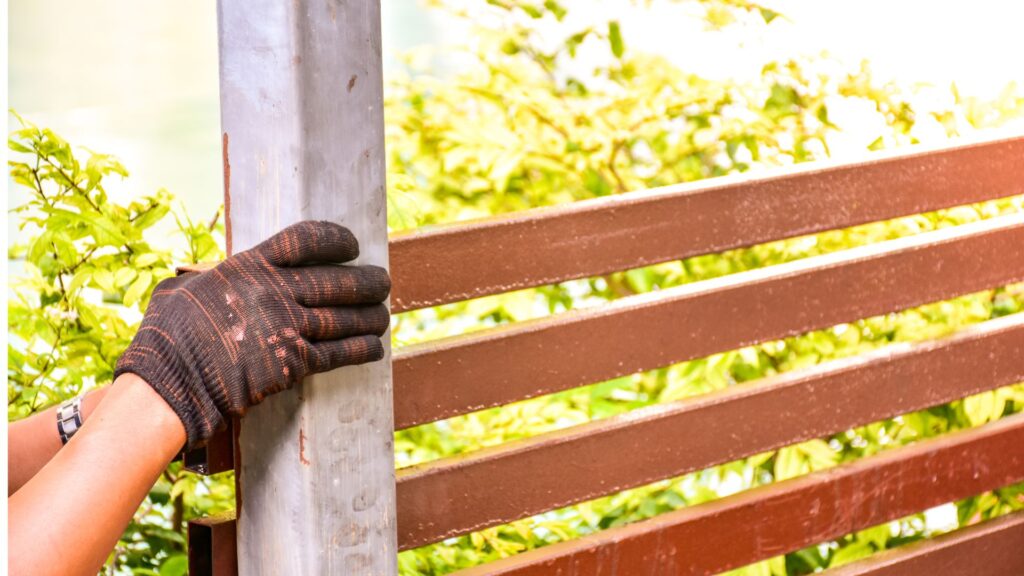
FAQs: About Fence Cost Calculator NZ
Conclusion
In conclusion, understanding the cost of building a fence is essential, and using a fence cost calculator can significantly simplify the process. By considering various factors, such as materials, labor, and the size of the project, you can get a clear picture of the potential expenses. This tool is invaluable for anyone planning to enhance their property with a beautiful, functional fence. We encourage you to try out a fence cost calculator today and take that crucial first step toward creating your dream outdoor space. With the right information and resources, building a cost-effective fence that adds value to your home is well within reach.
Find A Professional Fencing Company Near You!
- Farm Fencing Waikato
- Fence Builders Alexandra, Clyde & Cromwell
- Fence Builders Auckland
- Fence Builders Central Otago
- Fence Builders Christchurch
- Fence Builders Hamilton Waikato
- Fence Builders Invercargill
- Fence Builders Kapiti
- Fence Builders Lower Hutt
- Fence Builders Manawatu
- Fence Builders Palmerston North
- Fence Builders Queenstown
- Fence Builders Taupo
- Fence Builders Upper Hutt
- Fence Builders Wanaka
- Fence Builders Wellington
- Fencing Contractors Levin
- Fencing Contractors Napier
- Fencing Hastings
- Fencing Hawkes Bay
- Fencing Kerikeri
- Fencing Mangawhai
- Fencing Nelson
- Fencing New Plymouth
- Fencing Paihia
- Fencing Taranaki, New Plymouth
- Fencing Warkworth
About the Author:
Mike Veail is a recognized digital marketing expert with over 6 years of experience in helping tradespeople and small businesses thrive online. A former quantity surveyor, Mike combines deep industry knowledge with hands-on expertise in SEO and Google Ads. His marketing strategies are tailored to the specific needs of the trades sector, helping businesses increase visibility and generate more leads through proven, ethical methods.
Mike has successfully partnered with numerous companies, establishing a track record of delivering measurable results. His work has been featured across various platforms that showcase his expertise in lead generation and online marketing for the trades sector.
Learn more about Mike's experience and services at https://theleadguy.online or follow him on social media:

